How to Become a Vegetarian and What Happens If You Stop Eating Meat
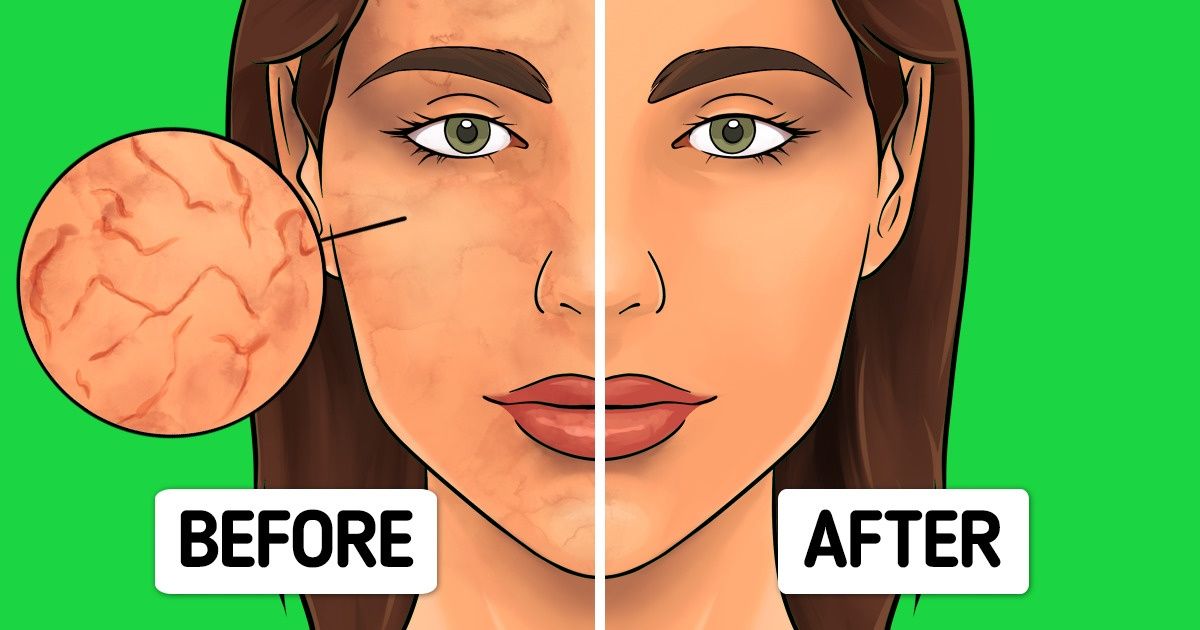
There are many reasons why people decide to go vegetarian. But just like with any other diet, it’s necessary to consult with a doctor and take a responsible approach to change your diet so that you can find balance without unnecessary stress that could harm your health.
5-Minute Crafts offers several useful tips that will help you change your lifestyle quickly and effectively if you’ve decided to become a vegetarian.
1. Learn about what types of vegetarianism there are.
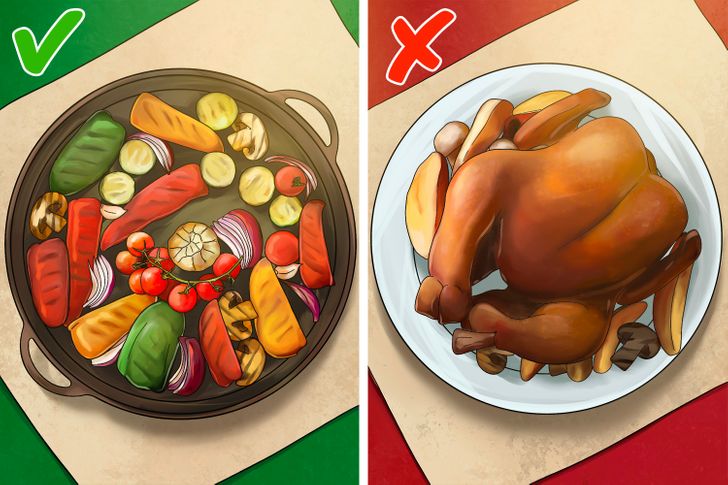
At first glance, it might seem that vegetarianism is all about restricting your diet to vegetables and fruits. Moreover, some people mistakenly think that poultry can be included in this diet too. Vegetarians do prefer to eat vegetables, but there are many types of diets:
- Ovo-lacto vegetarianism includes eggs and dairy products.
-
Lacto vegetarianism includes dairy products but not eggs.
-
Ovo vegetarianism includes eggs but no dairy products.
Some people go for partial vegetarianism. For example, they might eat fish and seafood or only chicken and fish. Perhaps your doctor will recommend this type of diet for you, especially if they think that your health condition won’t let you stop eating animal products completely.
There is also such a thing as veganism, which implies a full pause from eating animal products. It is more correct to consider it not just a diet, but a type of philosophy, when a person excludes any forms of exploiting and abusing animals. For example, vegans don’t wear clothes made of natural silk, wool, or leather, they don’t use cosmetics that were tested on animals, and they don’t support industries that use animals against their will with elements of abuse like circuses or aquariums.
2. Make sure to consult your doctor.
Transitioning to vegetarianism is connected with various aspects that relate to your health. For example, there is a risk of having a drop of the iron level in the body, which can lead to problems in the workings of the heart. That’s why before you make a decision to change your diet, it’s recommended to consult with your doctor who will help you understand whether your body is ready for this change, whether there are any contraindications that can lead to potential health risks, and whether you need to take any supplements or vitamins.
3. Remove meat from your diet gradually.
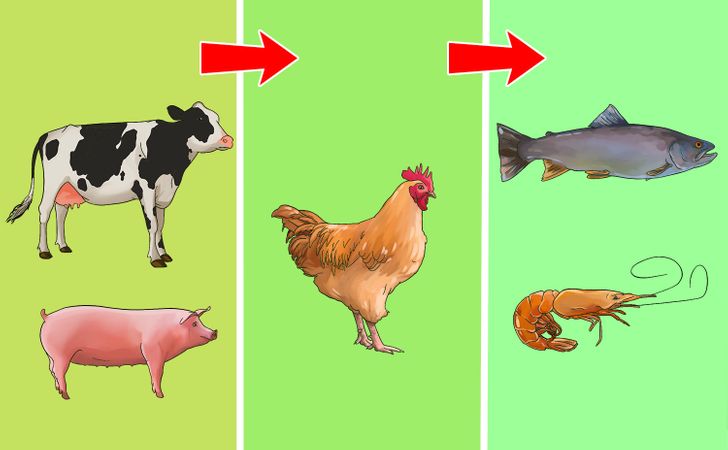
A drastic transition to a meat-free diet can seriously stress the body and become a reason to give up a new diet soon after starting it. That’s why it could be more comfortable to change your normal diet step-by-step. For example, start with cooking only one vegetarian dish a week and choose the days when your whole daily menu will consist of vegetarian dishes. You can gradually increase the number of these days over time.
This approach will help you master new recipes, select the dishes that you will like, and develop your personal balanced diet thanks to which the body will feel good and gain all the necessary vitamins, minerals, and other microelements.
Advice: It’s not necessary to give up all types of meat at once. At first, you can remove beef, mutton, and pork from your diet, then poultry, and afterward fish and seafood. Later, you will be able to eliminate dairy products or eggs from your diet depending on the type of vegetarianism you choose.
4. Look for ideas on how you can diversify your usual menu.
- Breakfast
Muesli, cereal, or coffee can be served with any plant-based milk like coconut or almond. Cook an omelet using tofu instead of fried eggs. Ordinary bacon can be replaced with a slice of vegetarian bacon. An alternative to cream cheese and a bagel can be a bakery item topped with jam or hummus.
- Lunch or dinner
Instead of a sandwich with turkey, lettuce, tomatoes, and mayo, try making a sandwich with hummus and the same veggie stuffing but without mayo and meat. Chicken noodle soup can be replaced with a lentil gravy or minestrone, while spaghetti with meat sauce can be replaced with spaghetti, tomato sauce, and vegetables.
5. Choose new sources of vitamins and minerals.
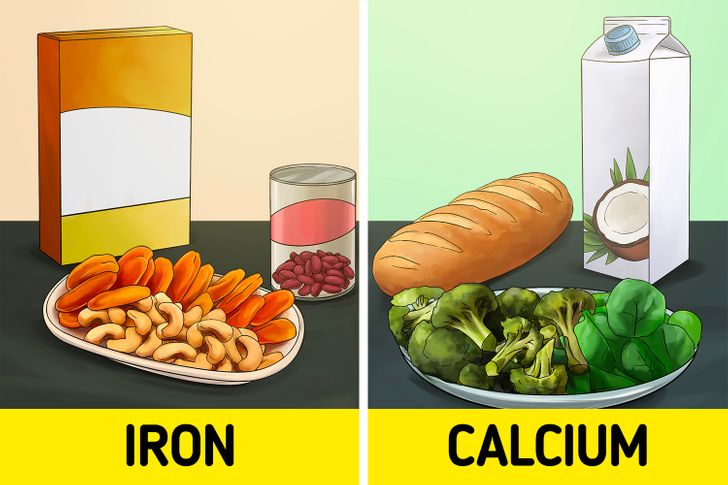
Transition to vegetarianism is associated with the risk that there will be a deficiency of certain vitamins and minerals, which the body previously received from animal products.
For example, iron is not only present in red meat but also in beans, nuts, cashews, dried fruits, breakfast cereals, and soy flour. Sources of calcium, in addition to dairy products, include lettuce, calcium-rich soy-based drinks or plant-based milk, nutrient-rich flours, fish with bones, broccoli, oranges, and shrimp. Healthy fats can be gotten from avocados, almonds, pistachios, cashews, and beans. Zinc is present in mushrooms, kale, beans, nuts and seeds, whole grains, and dark chocolate.
Oftentimes, the method of cooking plays a big role too. Thus, in order to get the iron and calcium that are there in spinach, it’s necessary to process the product thermally.
Replacing some products with others is not always enough. For instance, if you are giving up eggs, fish, and any dairy products, it’s necessary to regularly take vitamin B12 as a supplement. This should be done only after consulting with a doctor to choose the right dosage.
Advice: There are mobile apps that help correct the diet from the very beginning. These apps count the nutritional value of fresh products and ready-made dishes.
6. Don’t limit yourself to veggies and fruits only.
Carefully study the reference for daily intake so that you can make an everyday diet plan based on it. Vegetables and fruits, in most cases, are low in calories, so they need to be supplemented with other foods.
For example, it’s important to consume a certain amount of protein, which is not just present in meat products. A diet based on grains, beans, and vegetables can provide the body with the necessary amount of protein. In any case, it’s better to consult with a doctor: if necessary, they might recommend that you take some additional protein powder.
Sweet potatoes, fruits, and beans that contain carbohydrates are the foundation of a healthy diet. They contain glucose, which provides energy to the body and the brain. Products rich in carbohydrates can be a source of dietary fiber, vitamins, minerals, and phytochemicals that are important to health.
7. Learn to save money on necessary products.
- If there is an expensive ingredient in the recipe for a vegetarian dish, in most cases, you’ll be able to find a more affordable analog to replace it. For example, quinoa can be replaced with rice, however, it’s necessary to take into account that the nutritional value of the ready-made dish can change.
- Stick to the seasons: the price and availability of many products are connected with the season when the crops are harvested. Also, consider the storage possibilities of a particular product: for example, pumpkin is harvested in the fall but thanks to its good storage qualities, it can be frozen and consumed over the winter.
- The vegetarian diet is based on many products that can be stored for months, and even years, at room temperature. Thus, white flour can be stored for one year, while white rice can be stored for 4-5 years, or even longer. It’s best to buy these products during sales in large quantities.
- Plan your menu for one week, or better for one month, ahead. It will help you avoid unnecessary spending.
8. Find the alternative to ordinary products.
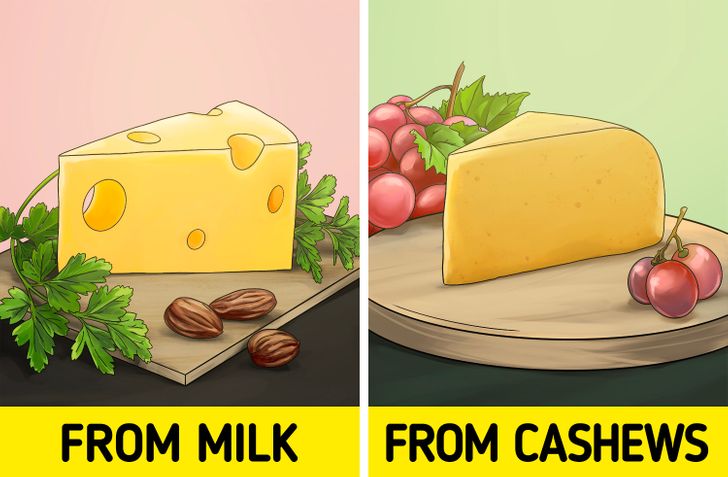
Vegetarianism doesn’t imply fully giving up your favorite dishes. Oftentimes, all you need to do is replace animal products with their vegetable counterparts to get a tasty and healthy variant of a familiar dish:
- Instead of meat, poultry, or fish, try eating mushrooms, beans, textured vegetable protein, tofu, tempeh, seitan, jackfruit, or eggplant.
- Meat broth can be replaced with vegetable broth.
- Ordinary milk can be replaced with coconut, almond, soy, rice, or flaxseed milk.
- Milk-based cheese can be replaced with cheese made of cashew, aquafaba, soy, or other vegetable products.
- Use banana, apple, or sweet potato puree for baking instead of chicken eggs.
Advice: Actively use fresh greenery, spices, and seasonings to make your dishes smell and taste more aromatic and appetizing. Study the cuisines of different countries. For example, Indian cuisine offers an enormous amount of dishes suitable for vegetarians. Lean recipes can also be helpful.
9. Carefully study the composition of any dish or product.
Animal products can oftentimes be unexpectedly found in products or dishes that seem to be vegetarian at first glance.
- For example, marshmallows, sauces, yogurts, and marmalade are cooked using gelatin, which is a type of processed animal connective tissue. If this product is unacceptable to you, look for sweets based on agar-agar that is obtained from algae.
- It’s also necessary to carefully study the composition of food additives in ready-made products. For example, red food coloring can be made from carmine, which is obtained from dried and crushed insects.
- The technicality of cooking dishes matters too. Thus, chefs can add pork grease to dishes that consist of plant ingredients only or they can cook a vegetable soup based on a meat broth.
Advice: If you are not sure how a cafe or a restaurant works, it’s better to visit those places that specialize in vegetarian cuisine. Or you can take snacks with you that you can eat when you can’t find a place that serves acceptable food for you.
10. Think ahead about how you are going to communicate with other people.
- Get ready because those around you will be interested in your type of dieting. You can tell them about the advantages that are important to you but make sure to not impose your opinion on others. Explaining the reasons for your choice is more than enough.
- If you are invited to someone’s place and you don’t know what treats the hosts will prepare for you, you can bring some vegetarian dishes with you. Thus, you won’t have to ask the hosts to cook something special for you, while other guests will get a chance to try something new and assess your diet.
- Some people are ok with eating a bit of chicken or fish when at a cafe with friends or when they go to someone’s place. It doesn’t mean you are betraying your lifestyle choice, it means you allow yourself to have some indulgences in situations where the choices are too limited.
Bonus: The advantages of a vegetarian diet
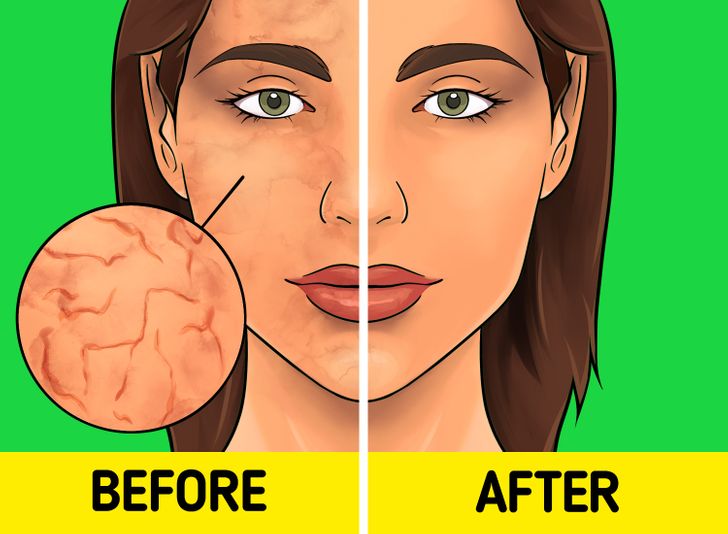
- The risk of developing heart disease reduces.
- The risk of getting cancer reduces.
- This diet helps prevent the development of type 2 diabetes.
- It helps lower blood pressure and cholesterol levels, and helps control blood sugar levels too.
- It can decrease asthma symptoms.
- A plant-based diet can improve skin conditions.
Your overall health will change for the better because you will start to watch your diet more carefully due to the risk of not getting certain minerals and vitamins that are present in animal products. As a result, your diet will become diversified and well-balanced, while your food range will become more correct.
On the contrary, you can be a vegetarian and eat products that have questionable benefits (like French fries, for example). In this case, not only will you gain extra weight but you’ll also significantly worsen your health condition.